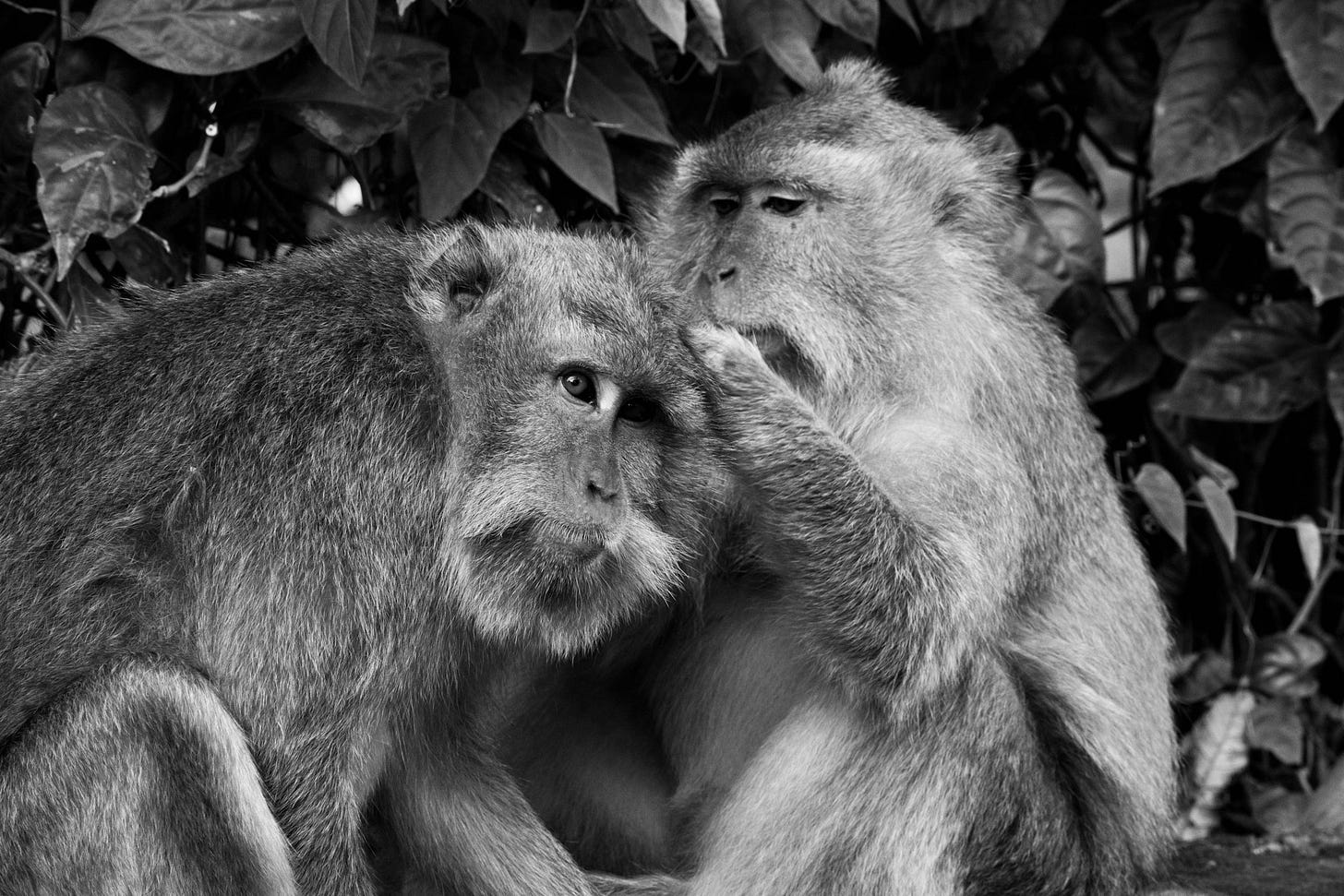From Pet to PIP: The Perilous Journey of the "Only One" in Corporate America
From Trophy to Target: A Case Study in Weaponized Performance Reviews
In the carefully curated landscape of corporate diversity initiatives, a troubling narrative often unfolds for Black women and other women of color. It’s a story that begins with celebration and ends with isolation, a journey from being highlighted as a prized pet to being managed out via a Performance Improvement Plan (PIP). This is the story of one Black woman’s experience, but it echoes the realities for far too many.
The "Prize Pet" Phase: A Parade of Inclusion
When she first joined the all-white senior leadership team—indeed, as the only Black employee in the entire company—the initial reception was overwhelmingly positive, to the point of being performative. Her immediate supervisor, a white woman, became her most vocal champion. She was paraded around to clients, investors, and other departments not just for her expertise, but as a living, breathing testament to the company's "commitment to diversity."
Her ideas were celebrated, her presence was highlighted in newspapers, and her every minor success was amplified. For the first 90 days, she existed in a golden haze of being the "right" kind of different. She was agreeable, talented, and, most importantly, she made her leaders feel good about their hiring decision. She was their proof against accusations of homogeneity. In this phase, she was not a colleague; she was a trophy, a pet whose value was in her visibility and her silence.
Her 90-day review was immaculate. The feedback was glowing, praising her seamless integration and valuable contributions. It confirmed what she already felt: she belonged, she was excelling, and her future was bright.
The Shift: The Cost of Speaking Up
The turning point came not from a failure in performance, but from an assertion of personhood. It was the moment she moved from being a passive symbol to an active voice.
She challenged an idea that overlooked a diverse customer base. She pointed out a subtly biased comment in a meeting. Or she simply stopped smiling at a joke that wasn't funny and asserted her own professional opinion with the same confidence as her white peers. She ceased to be just a symbol and started being a full, complex human being with agency and perspective.
The reaction was swift and chilling. The very supervisor who had once been her biggest cheerleader now became her most exacting critic. The tone of feedback shifted from praise to pervasive suspicion. Work that was once "innovative" was now "not quite aligning with expectations." Contributions that were previously "invaluable" were suddenly "satisfactory but needing improvement." The goalposts had not just moved; they became invisible.
The Coordinated Exit: Whispered Meetings and the PIP
What followed was a masterclass in passive-aggressive corporate warfare. The white women in leadership, who had previously presented a unified front of support, began meeting behind closed doors. Conversations would halt when she entered the room. The once-open door to her supervisor’s office was now frequently closed for "private meetings."
The strategy was not one of loud confrontation or clear, documented failure. It was a death by a thousand paper cuts: being left off crucial email chains, having credit for ideas subtly reassigned, and being subjected to a sudden, intense scrutiny of her work that her peers were spared.
The culmination of this campaign was the PIP—the Performance Improvement Plan. Presented under the guise of "support" and "helping her succeed," the PIP was a document filled with vague, unachievable, and constantly shifting goals. It was a bureaucratic weapon, designed not for improvement, but for termination. It provided the necessary paper trail to justify letting go of the very person they had once hailed as a perfect fit.
The Larger Pattern: Tokenism and Power
This story is not about one bad manager or one dysfunctional company. It is about the pervasive toxicity of tokenism and the fragility of performative allyship.
Tokenism: Tokenism occurs when an organization hires a small number of people from underrepresented groups to give the appearance of equality. The token is valued for their identity, not their humanity, and is expected to be grateful and silent.
The Threat of Agency: The moment the token employee asserts themselves, they break the unwritten contract. They are no longer a symbol to be used; they are an individual with power, challenging the established status quo. This is often perceived as a threat, triggering a defensive response from the majority group.
Weaponized Feminism: This story highlights a specific betrayal: that of white women in leadership. Often benefiting from diversity efforts themselves, they can sometimes become gatekeepers, protecting their own precarious positions by enforcing the very systems that oppress other women. Their solidarity fractures along racial lines when their power is challenged.
Conclusion: Beyond Performance
The journey from "pet to PIP" is a traumatic one that has nothing to do with actual performance and everything to do with power, identity, and the failure of true inclusivity. Companies must move beyond the hollow act of hiring for color and toward the harder work of building cultures of belonging.
True inclusion means creating space for diverse voices to speak, be heard, and disagree without fear of reprisal. It means valuing employees for their whole selves, not just their symbolic value. Until then, the PIP will remain not a tool of improvement, but a stark monument to the price of speaking while Black in a workplace that only wants you to be seen, not heard.






